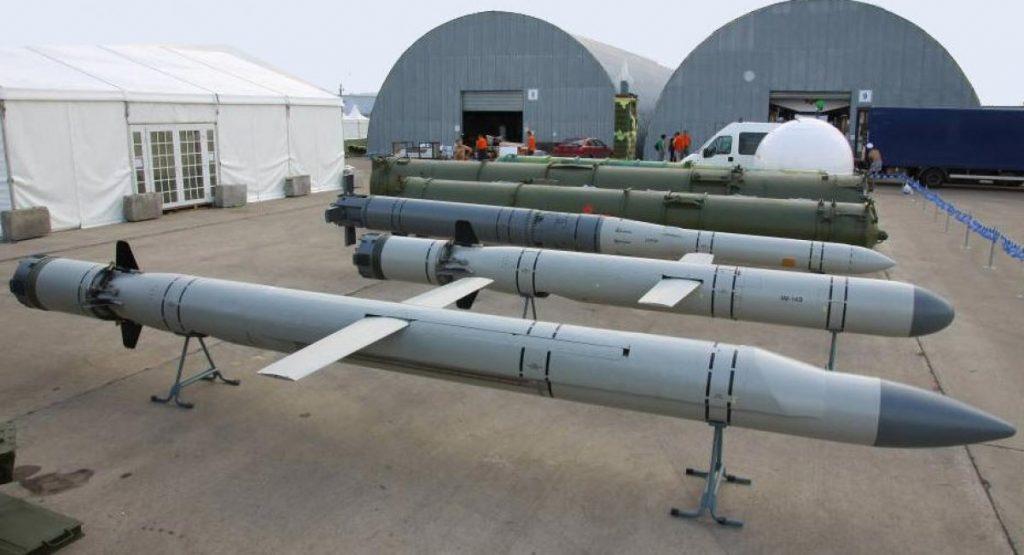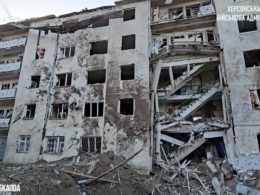Russia has overcome the sanctions pressure and now produces even more missiles than before the full-scale invasion of Ukraine, according to the NYT, citing unnamed Western and Ukrainian officials.
According to Washington's estimates, sanctions forced Russia to slow down its military-industrial complex at the beginning of 2022. However, six months later, Russia's military-industrial manufacturing began to pick up speed again. Evading sanctions is relatively easy because the microchips needed to make a couple hundred cruise missiles could fit into a few backpacks.
"In less than a year since the war began, Russia rebuilt trade in critical components by routing them through countries like Armenia and Türkiye. US and European regulators have been trying to work together to curb the export of chips to Russia, but have struggled to stop the flow to pass through countries with ties to Moscow," the NYT states.
In the US, there is fear that Russia is producing more missiles to attack Ukraine's energy grid in the fall and winter. Therefore, Washington is currently focusing on strengthening Ukraine's air defense.
According to the publication, Russia is on track to increase its munitions production to 2 million annually. It is seven times more than what the US and Europe produce. The same applies to tanks. Before the full-scale invasion, Russia made 100 tanks annually, and now it's 200.
However, the NYT notes that this weaponry is of much lower quality and reliability than Western-made equipment. Moscow still needs more rocket propellants and basic explosives, which can be harder to smuggle. These shortages will likely limit Moscow's ability to increase ammunition, missile, or bomb production further.
Additionally, Russia's increased military production has come at a significant cost to its economy, and overcoming Western export bans has been expensive, states the NYT.
Read more:
- Western technology goods end up in Russian missiles, bypassing sanctions
- Ukraine's intel: Russia attacks Ukraine with missiles manufactured this year
- EU issues guidance to prevent evasion of sanctions imposed on Russia





